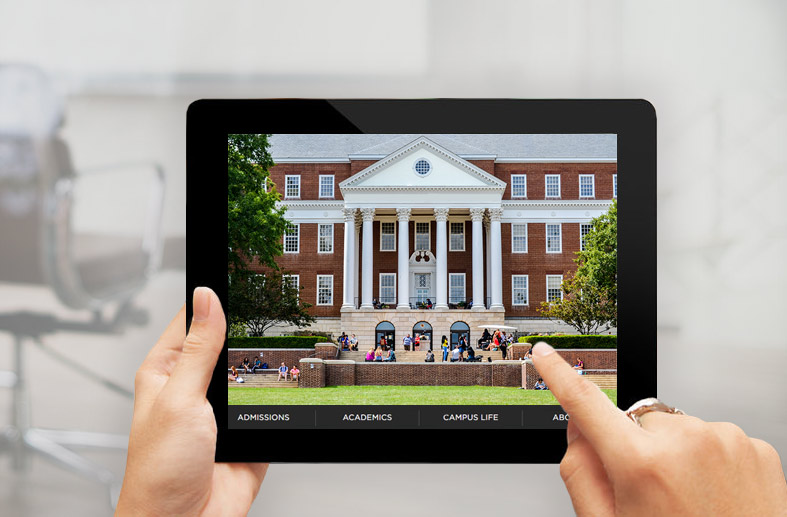Data and Analytics in a World of Virtual Campus Visits

Ashton Black
In predictive modeling, if the input component (i.e. data) is poor, the output (i.e. predictions, insights) usually suffers. A good practice to ensure a higher quality input component is to collect the data in as detailed of a fashion as possible. This gives those who are building predictive models the flexibility to evaluate, aggregate, and engineer data in various ways to produce the most informative and performant models for their needs. This ultimately allows the users of these models to gain specific insights about very specific populations and initiatives within their institution, which translates into predictions/prescriptions for future years where the outcomes are still unknown and able to be influenced.
Fast forward from a typical day in the big data world, where data and analytics are more frequently being used to understand uncertainties of the future, to the current situation we are all facing as a result of the COVID-19 global pandemic, where these levels of uncertainty have reached new highs.
To protect against the spread of COVID-19, new safeguards have suspended most in-person interactions for the time being. For higher education institutions specifically, this has meant shutting down day-to-day campus operations for existing students as well as any campus activities for prospective students.
On-campus activities, such as programs and visits, are a key component of an institution’s ability to attract prospective students. Without the option to continue these engagements for the current year, many schools are opting to offer alternative virtual visits to hopefully keep students engaged and continue to provide students the opportunity to learn about the school’s offerings.
Since these online visits are entirely new for many, the specific impact that these will have on the current class is unknown. In general, visits, phone calls, and other interactions with students during the admissions cycle tend to positively impact a student’s decision to enroll at the institution. The assumption for this year is that the virtual visits will also have a positive impact, but there are questions that remain.
- Is the impact going to be the same as the on-campus visits that occurred earlier this year? Or will the lack of in-person connection cause the virtual engagements to be less effective overall?
- Are there certain types of students who were more positively impacted by virtual visits than others? If yes, who are these students?
- Given that students may have only been able to visit a subset of campuses on their list, due to the in-person restrictions put in place in March, were the on-campus visits from earlier this year any more impactful than those in prior years?
This is where the importance of quality data collection comes into play. As I mentioned at the beginning of this post, collecting data in a detailed manner allows for more detailed insights. Differentiating these new virtual visits from the old programs in the data, with as many details as possible, allows one to diagnosis differences across the various engagements and begin to address the questions above. If the data is not collected in this manner, it becomes very difficult, if not impossible to do so.
These insights can be used not only in a retrospective manner, but they can also aid in planning for the future. While moving to online visits may have been a decision made more out of necessity for the current year if the virtual visits prove to be effective, it’s possible schools may consider offering these programs in future years as well.
Incorporating this information in the data and in predictive models, like the ones Othot builds for our partners, can help streamline this evaluation. If the data/models indicate that virtual visits were far less effective, institutions may decide to revert back to only on-campus events in the future. If the insights show that virtual programs are effective, institutions may instead decide to continue this type of engagement or to narrow their virtual focus towards particular types of students.
The switch to virtual visits in higher education this year is just one example; anytime a program or variable changes, or a new initiative is added, it should be captured in the data accordingly. While we may never be able to entirely mitigate the uncertainties related to events like a global pandemic, we can make sure to have good data practices in place, allowing us to learn from all of our circumstances.

Ashton Black




